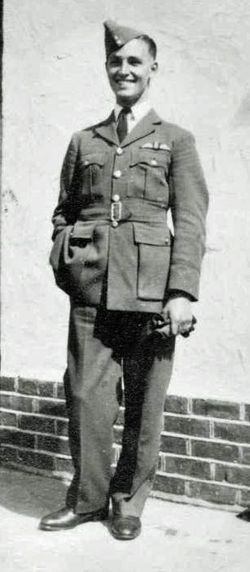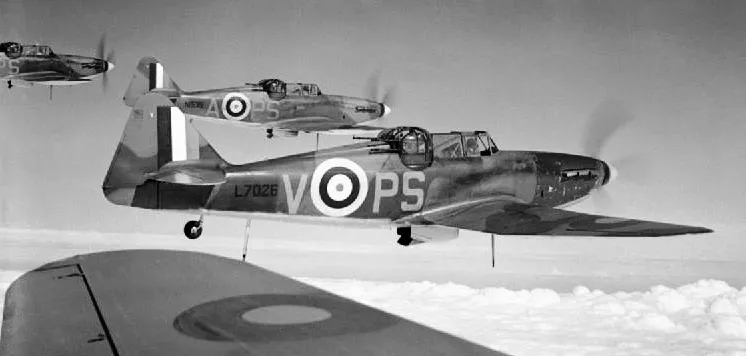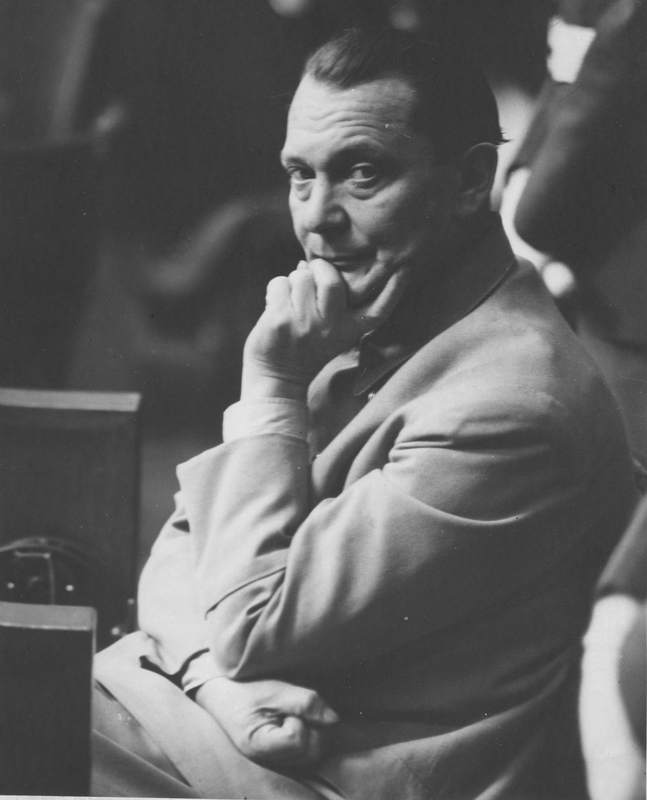141 Squadron (Caedimus Noctu) Defiant aircraft L 6995 was shot down into the sea off Dover, England by an ME-109 enemy fighter aircraft during the Battle of Britain.
Nine Defiant's were attacked by 20 ME-109's, six Defiants were shot down, one written off too damaged to repair (D. Newton). Pilot Officer R.A. Howley (RAF)(Nfld) and his gunner Sergeant A.G. Curley (RAF) missing in Defiant I aircraft L6995 and have no known grave. Pilot Officer Howley was one of a group of pre-war Short Service Commission officers sponsored by the Anglo-Newfoundland Company and the Daily Mail newspaper (Halliday).




